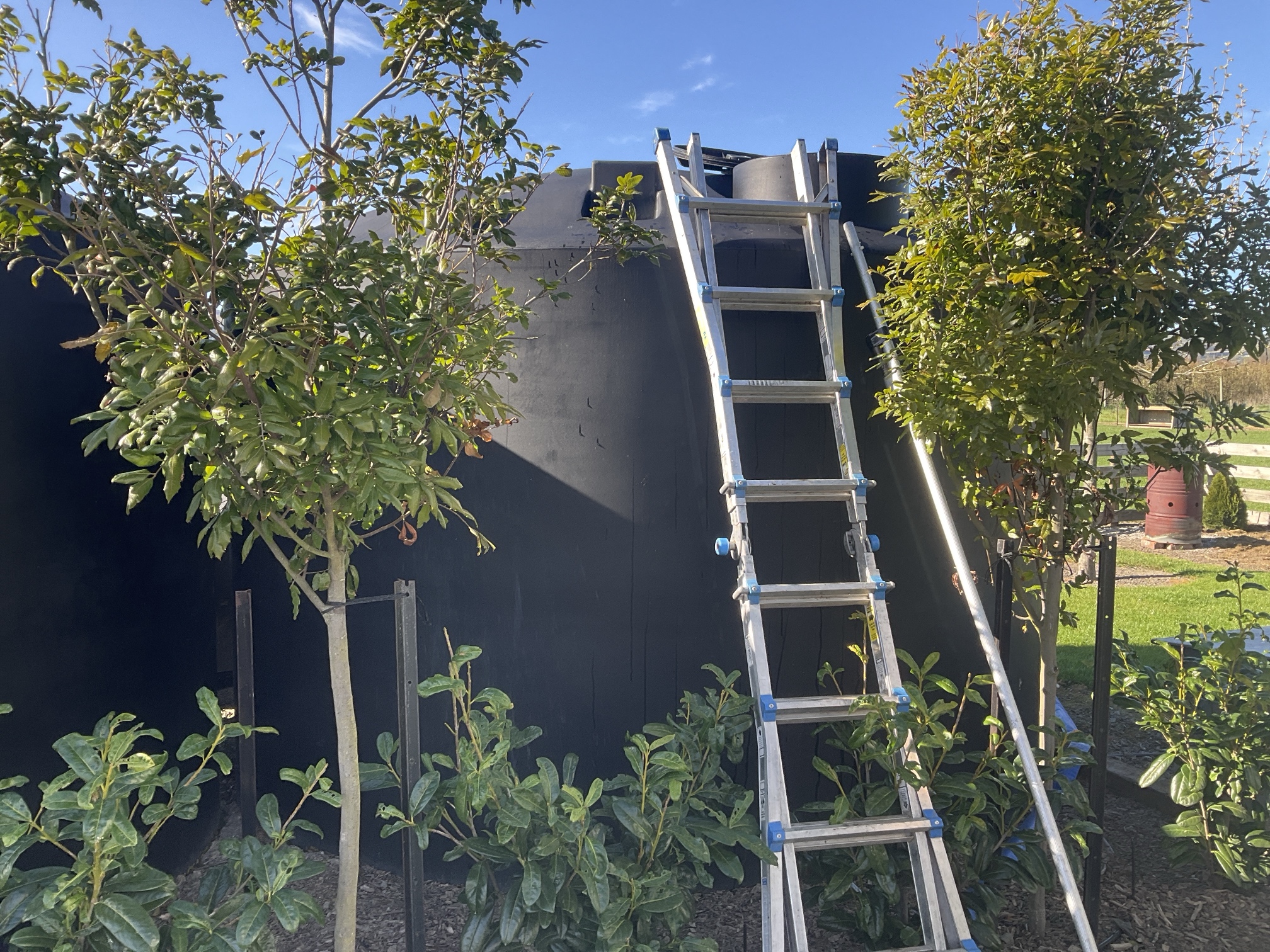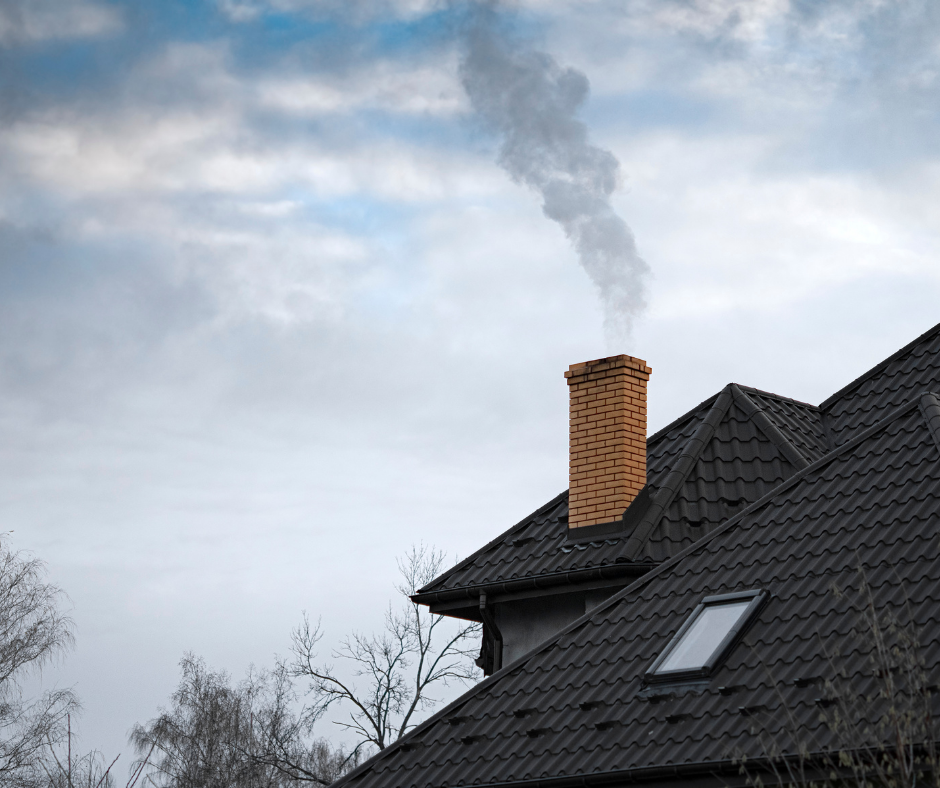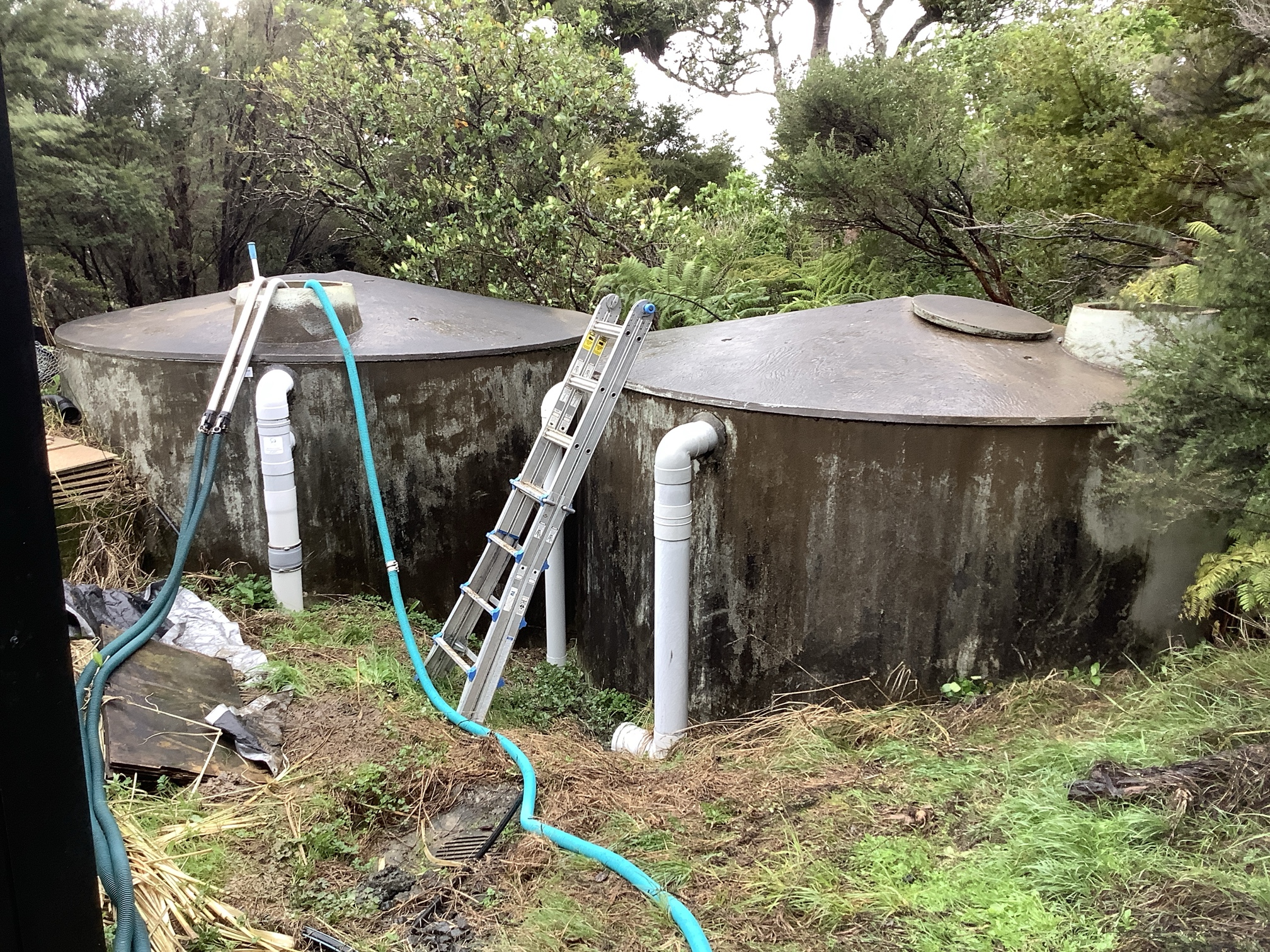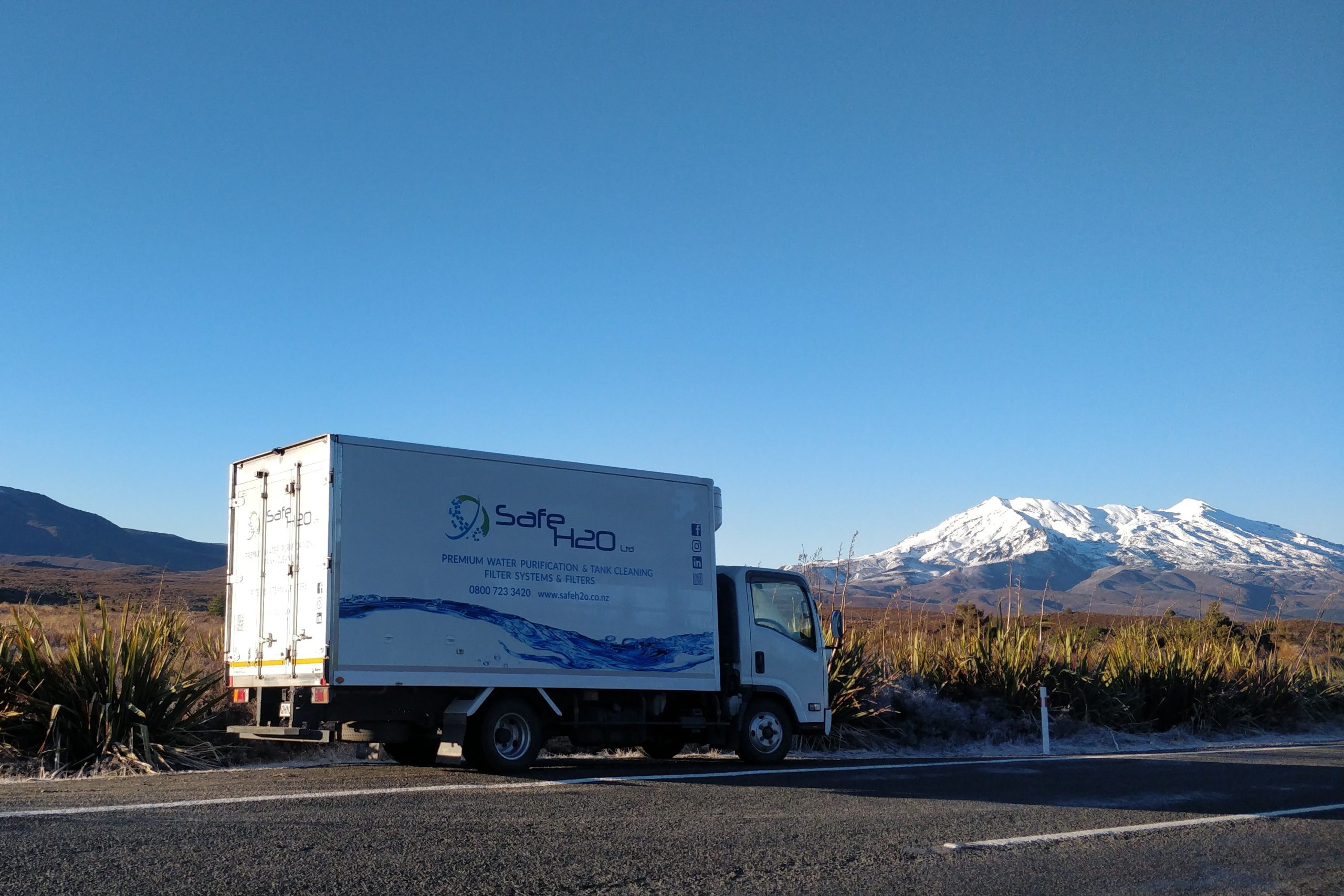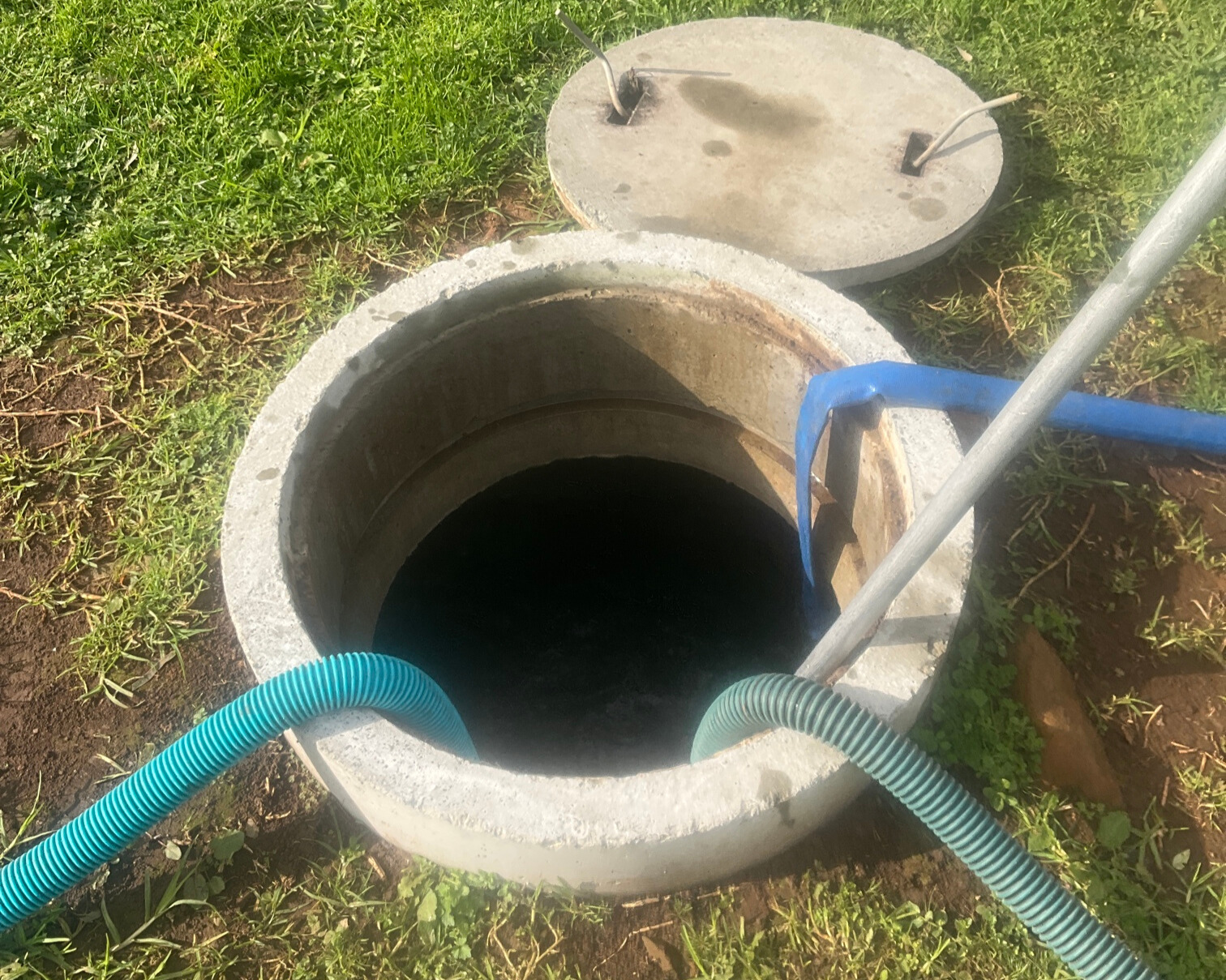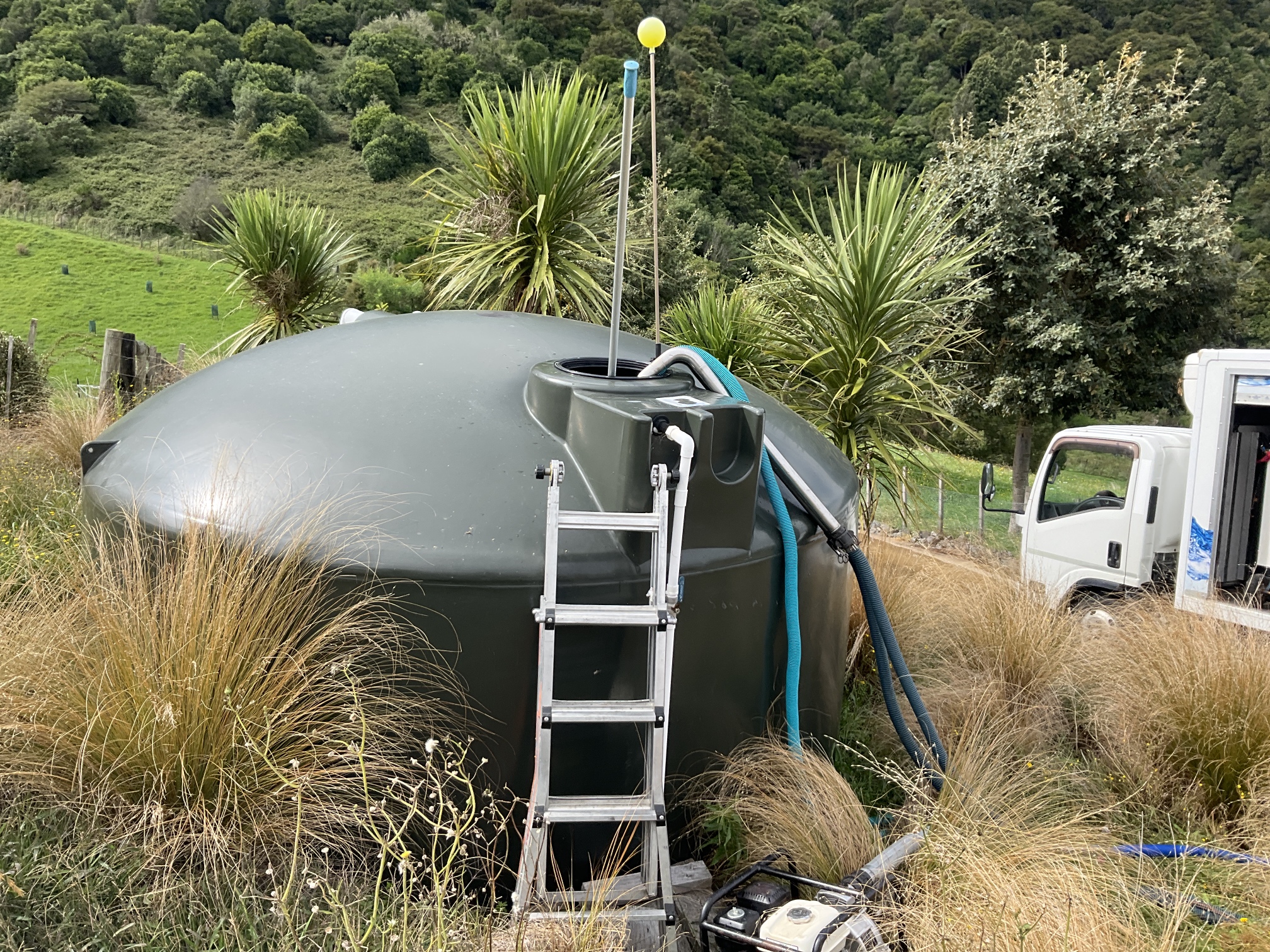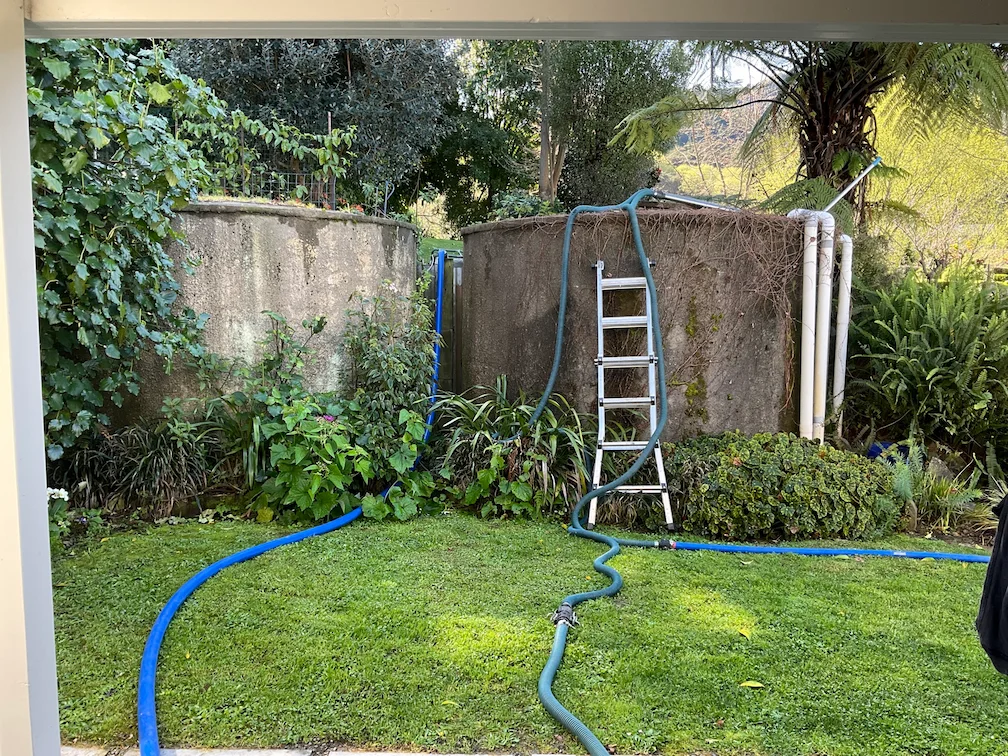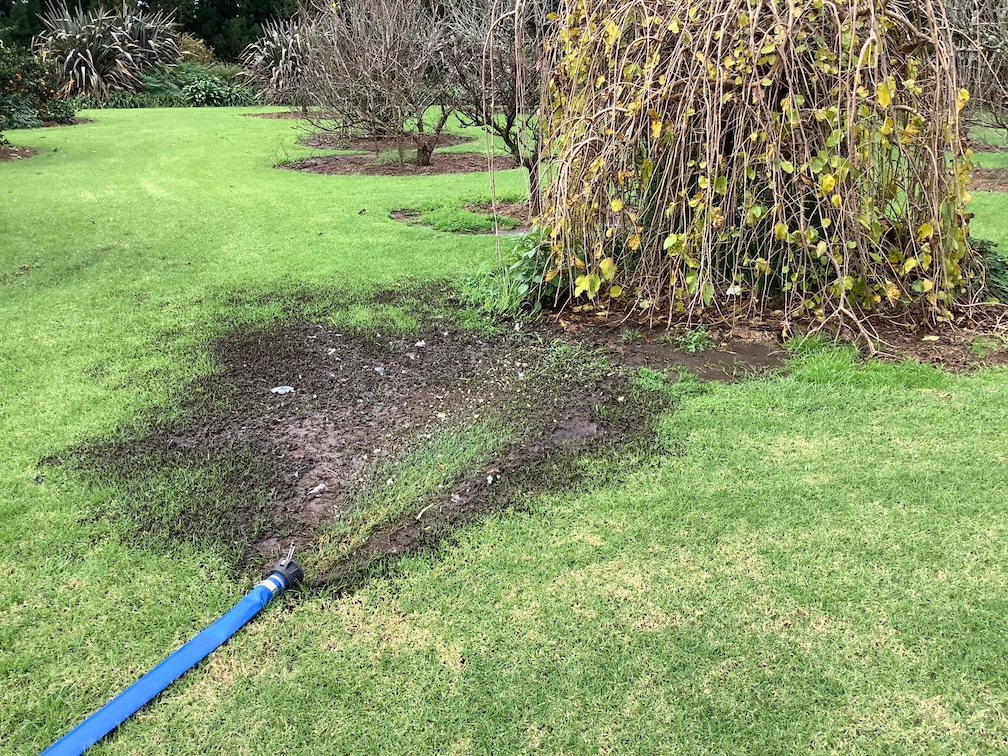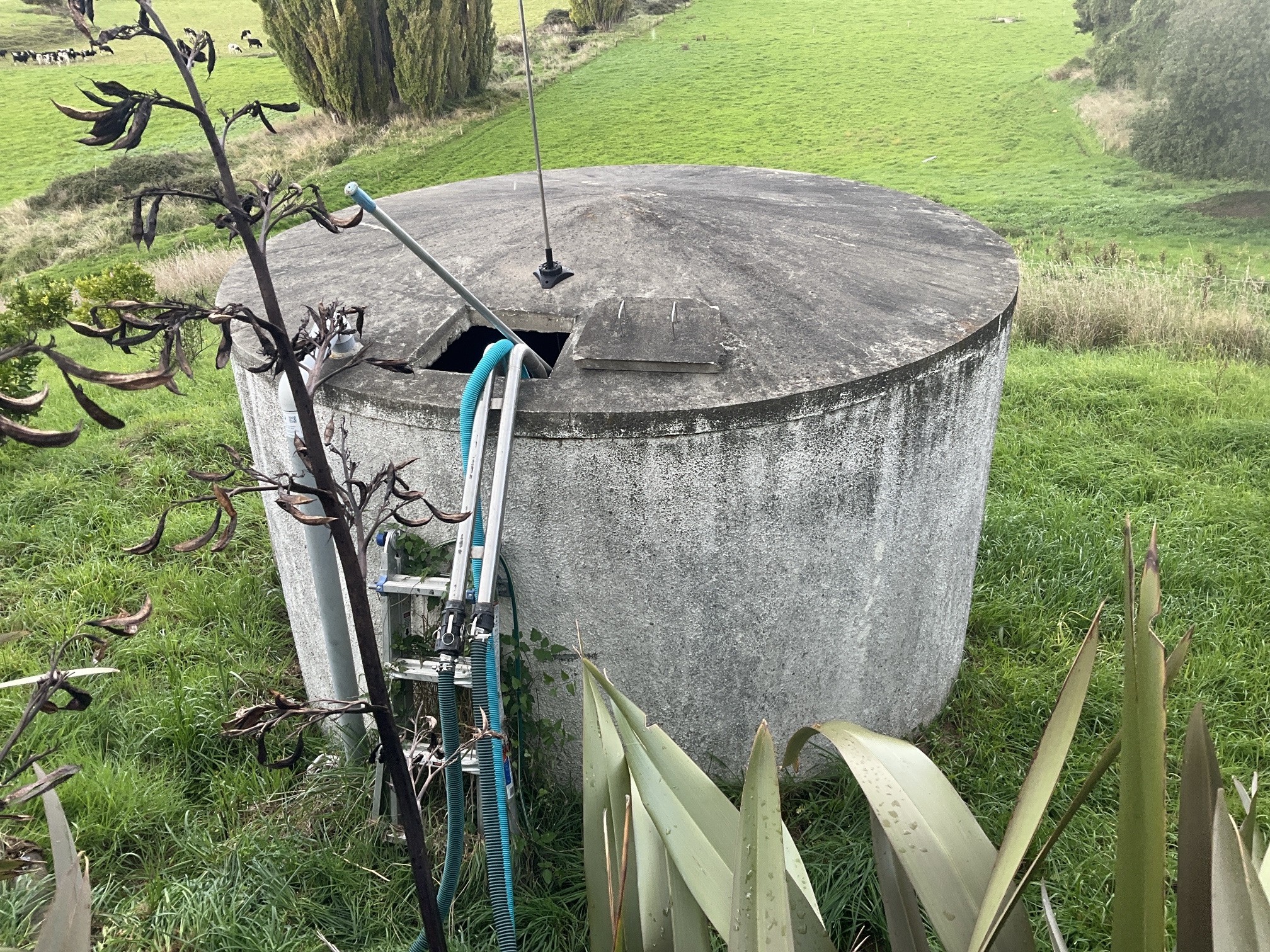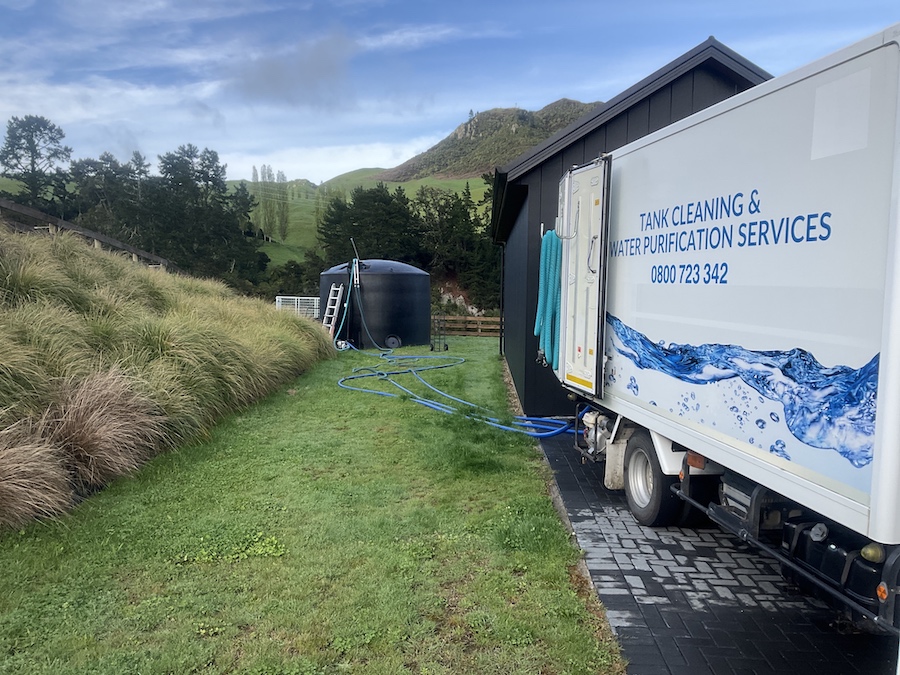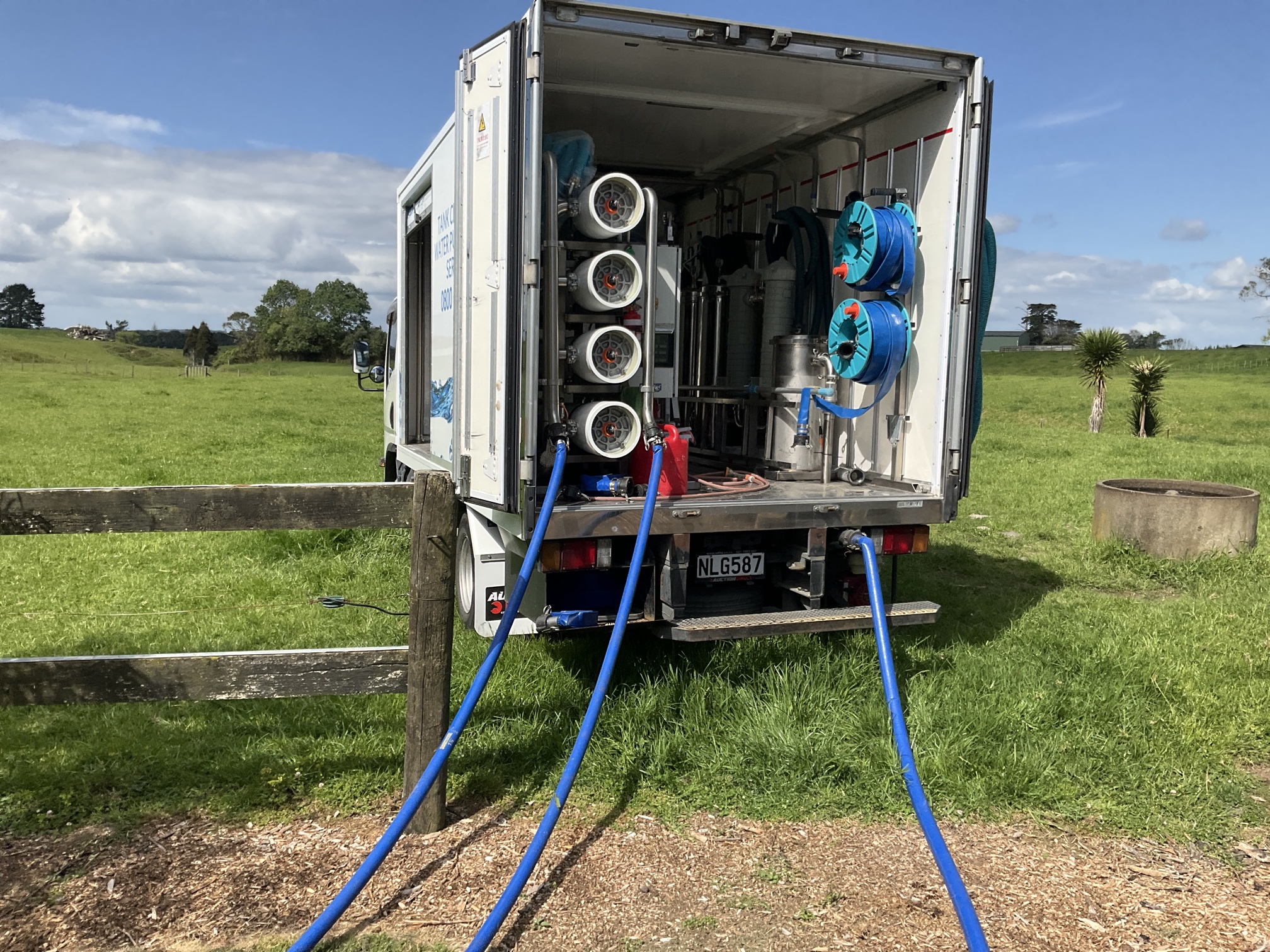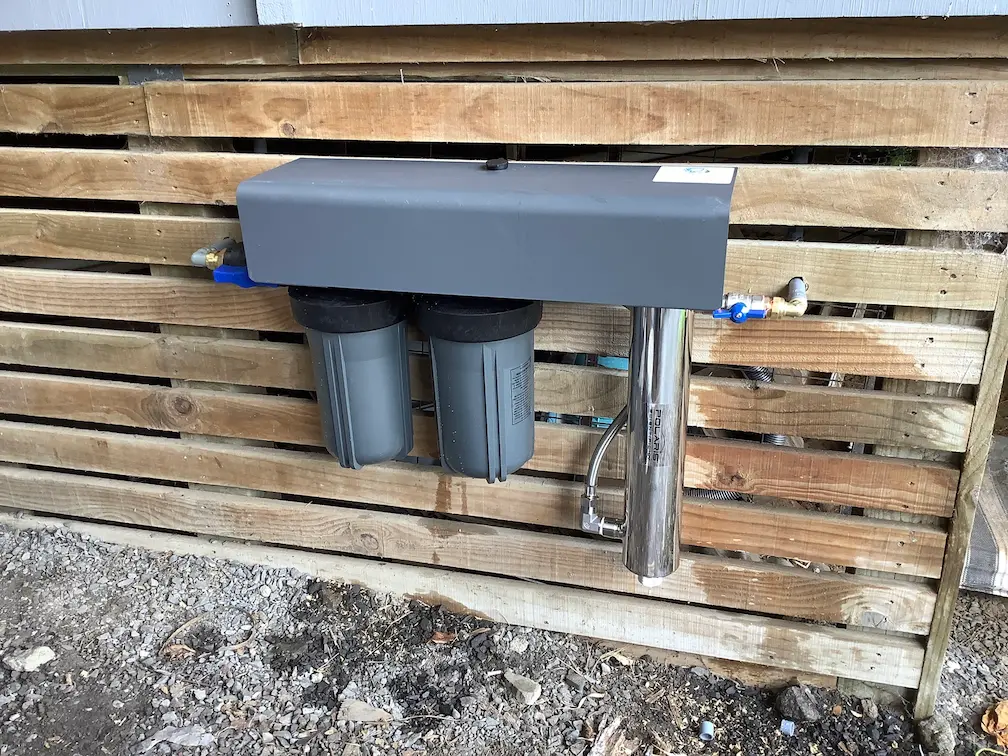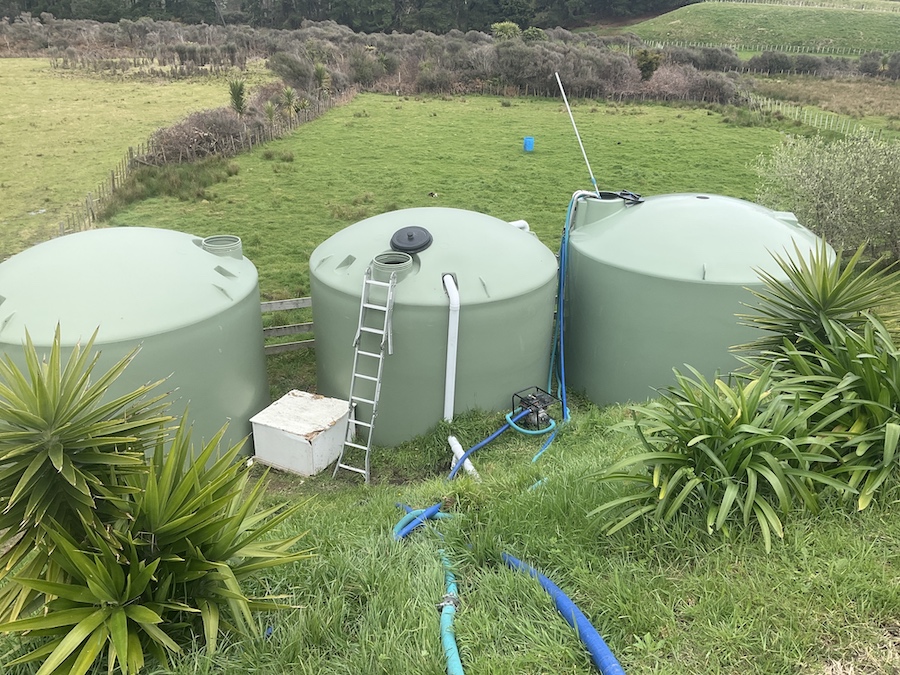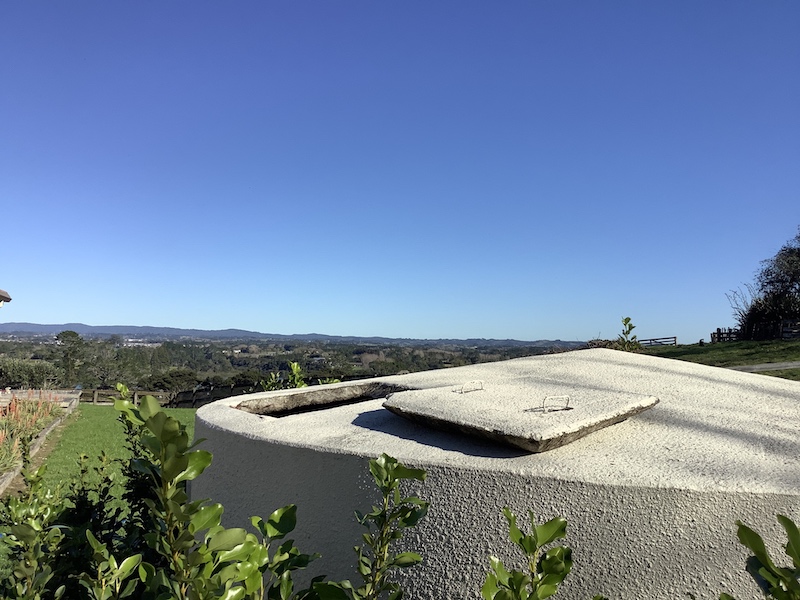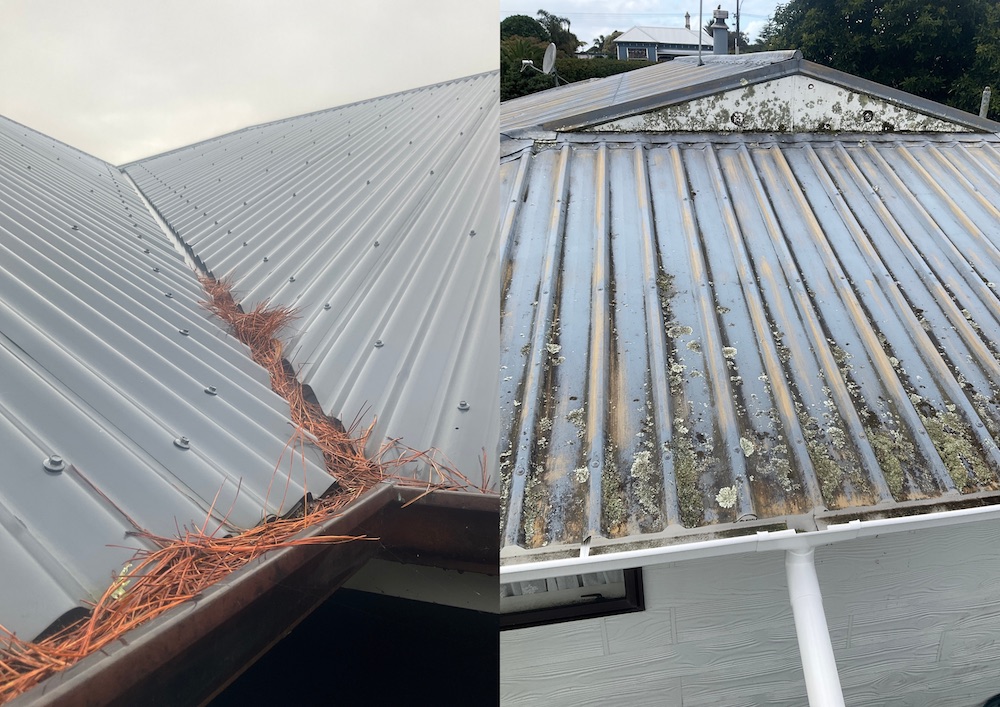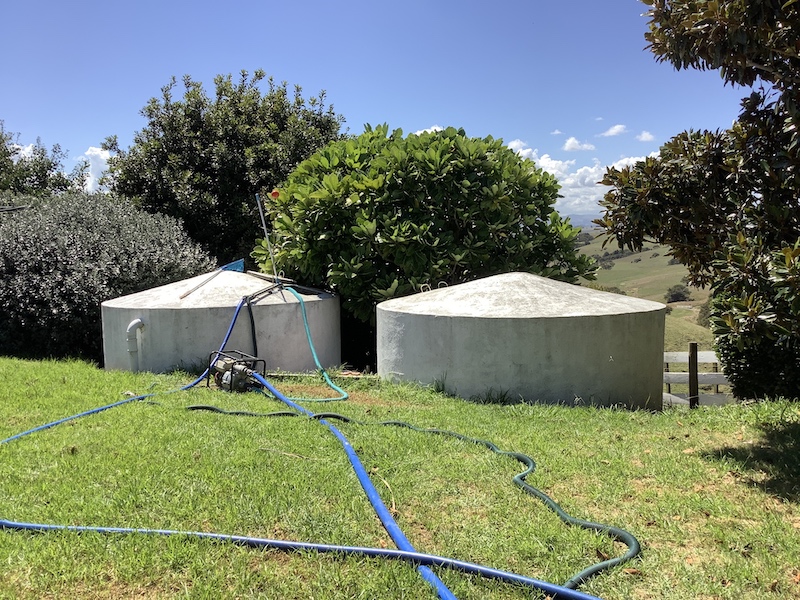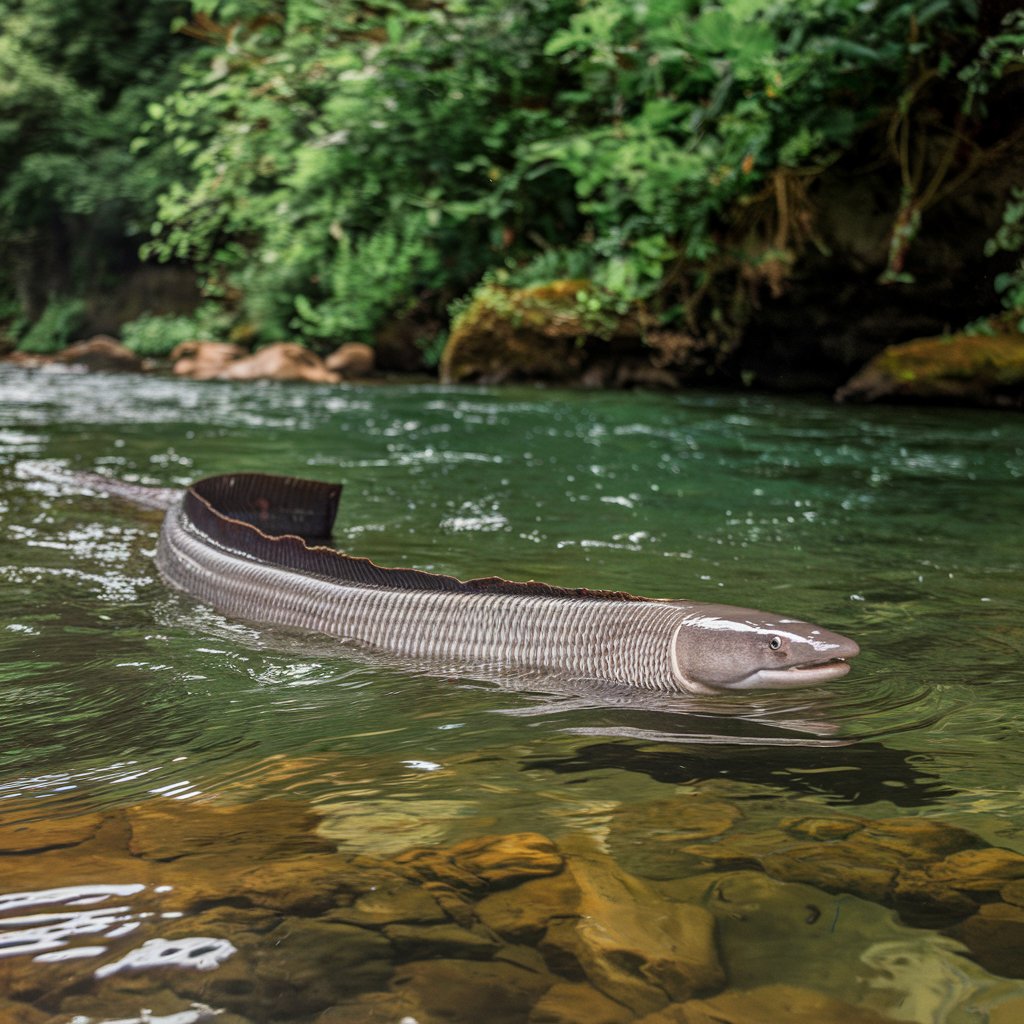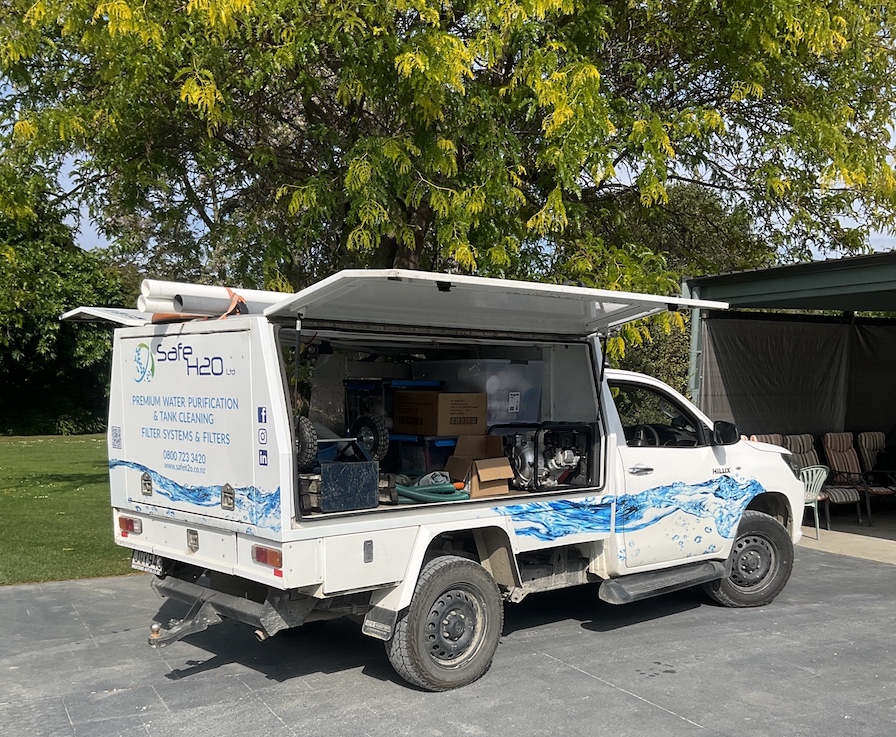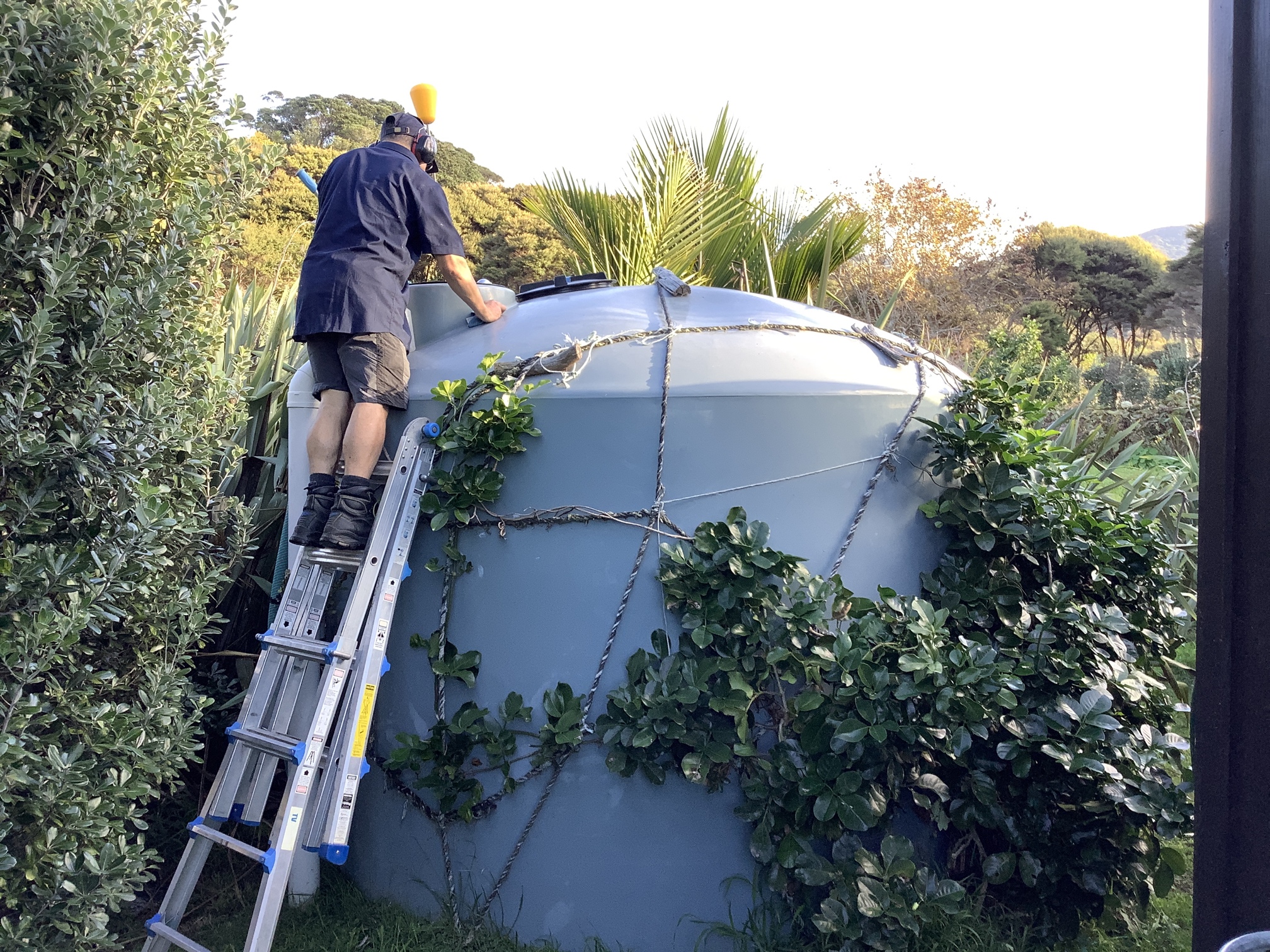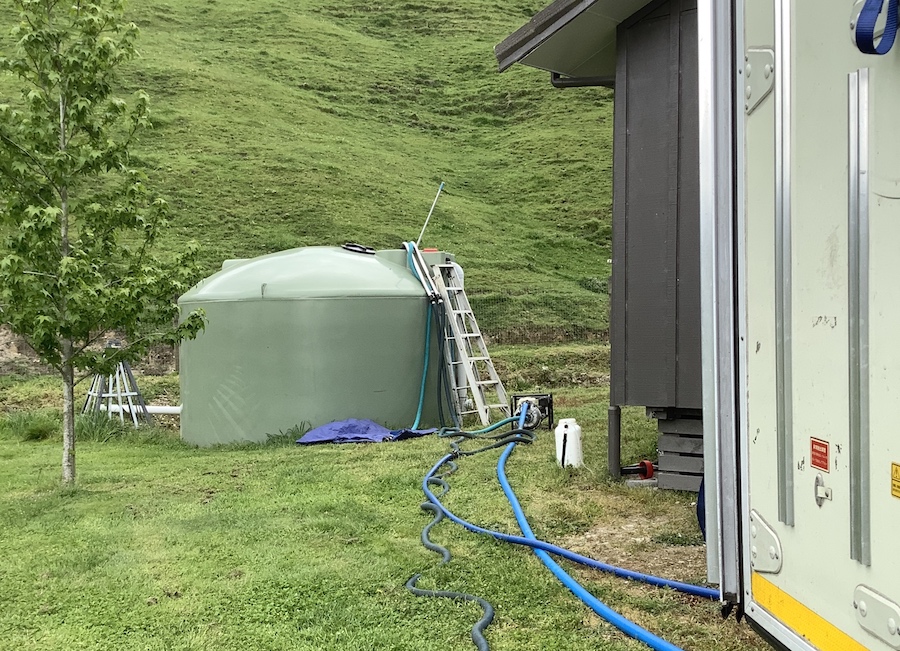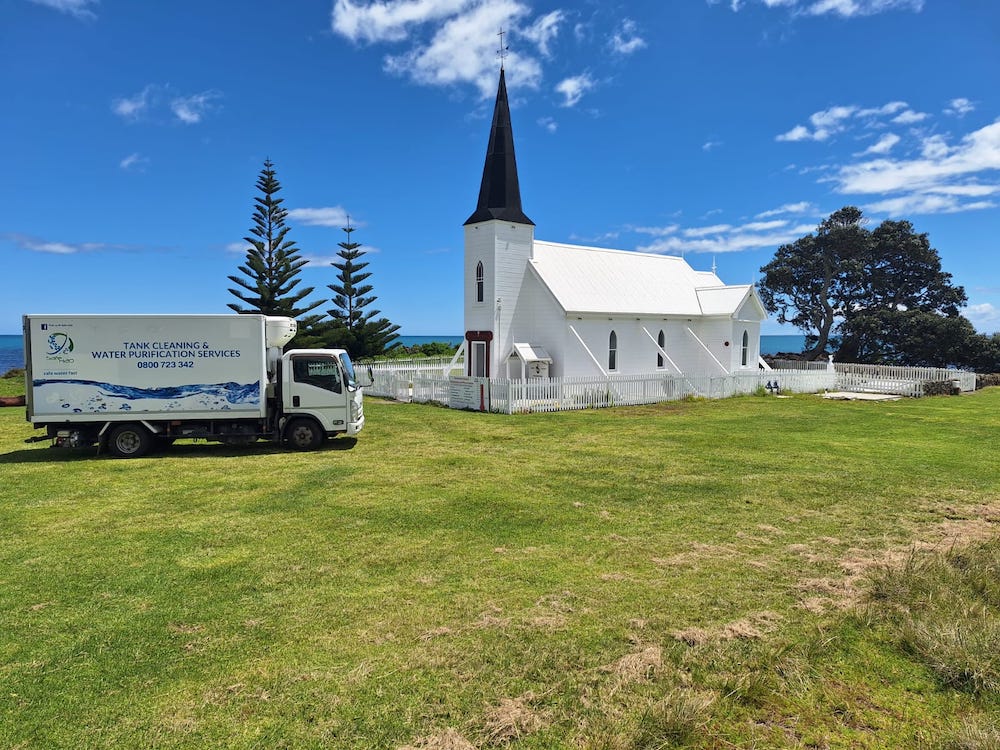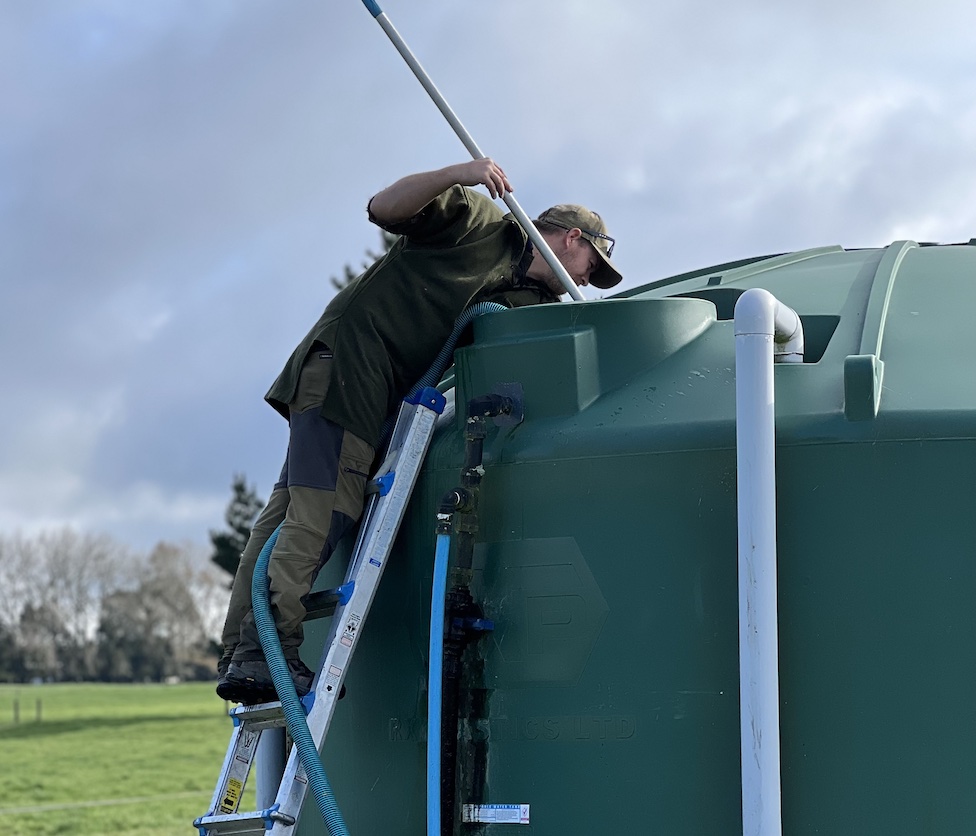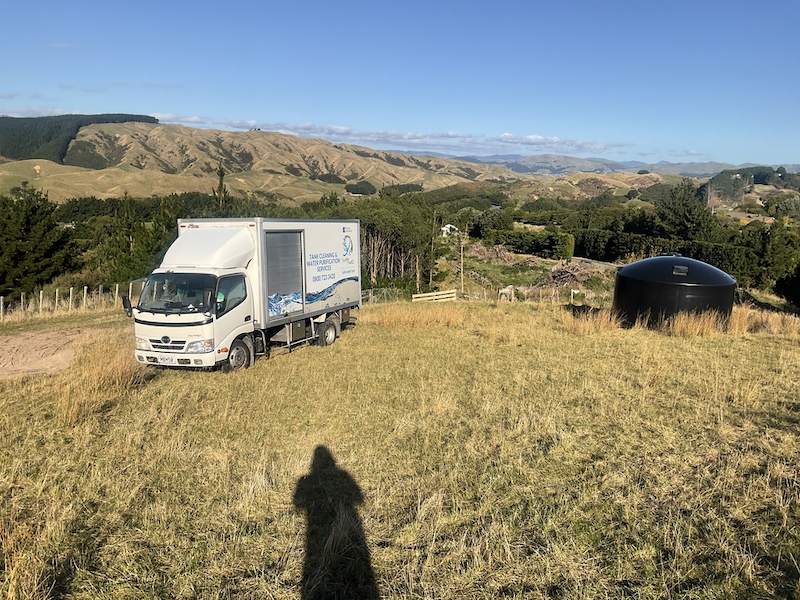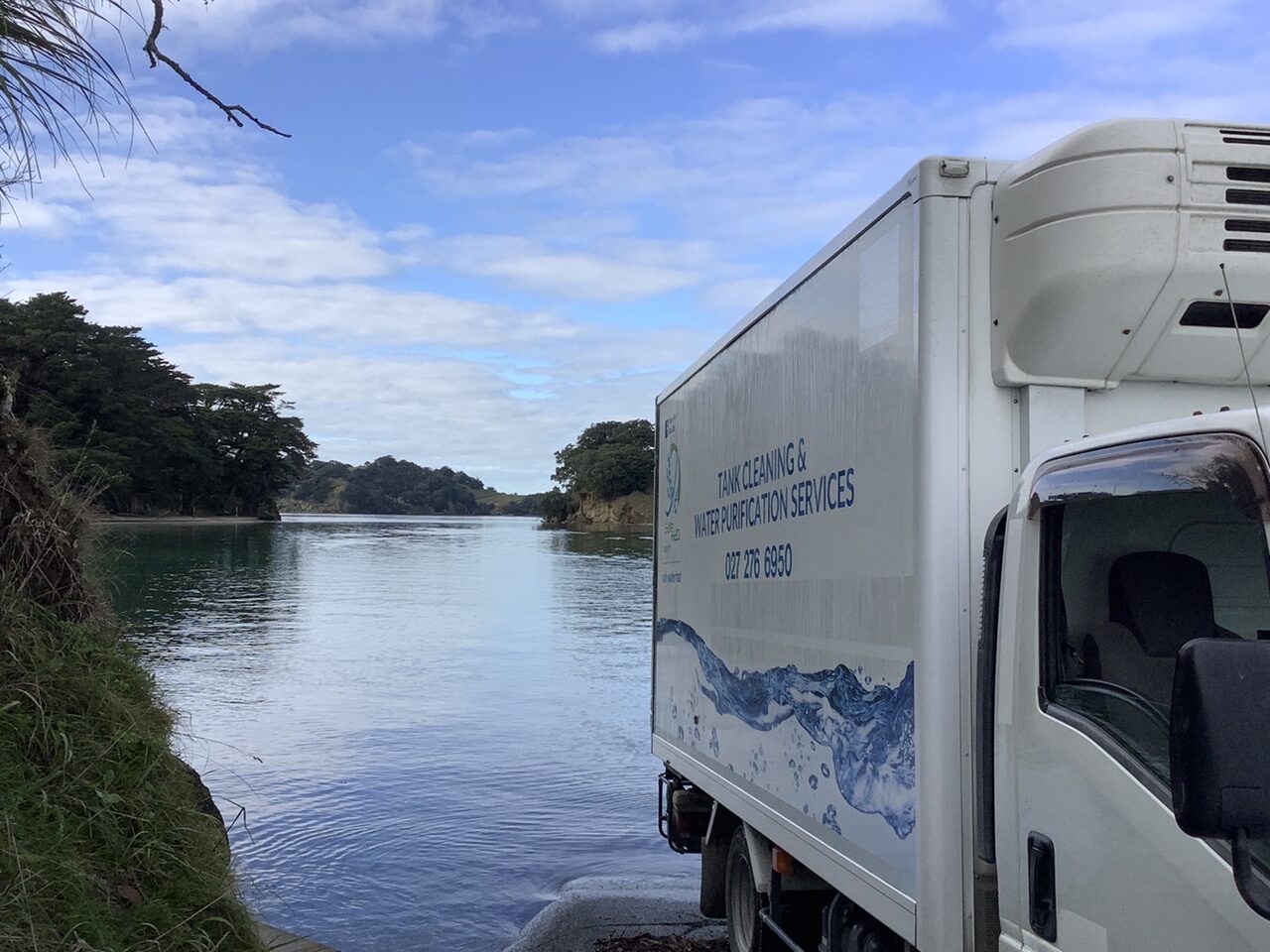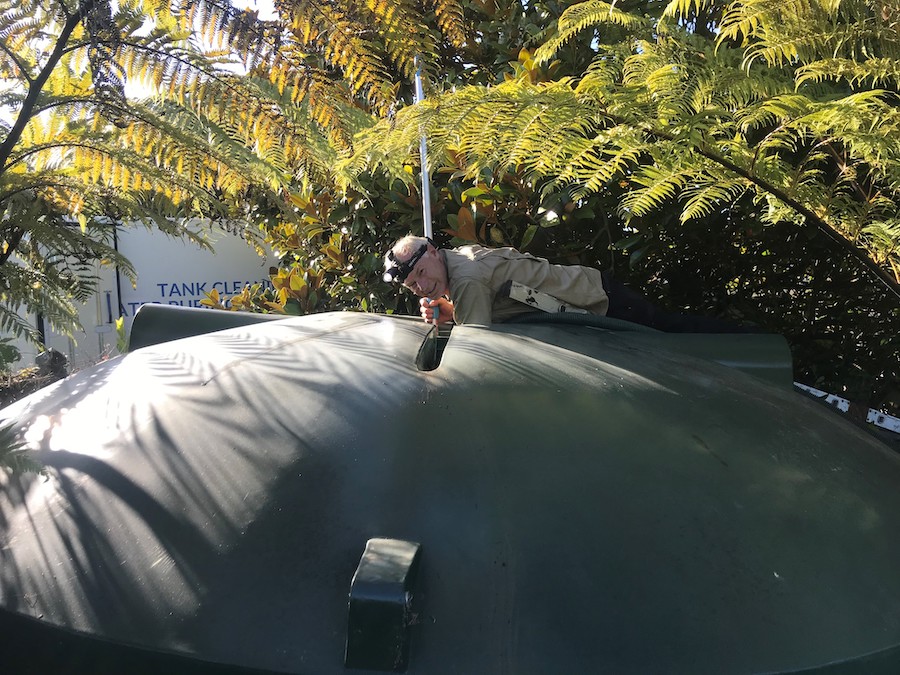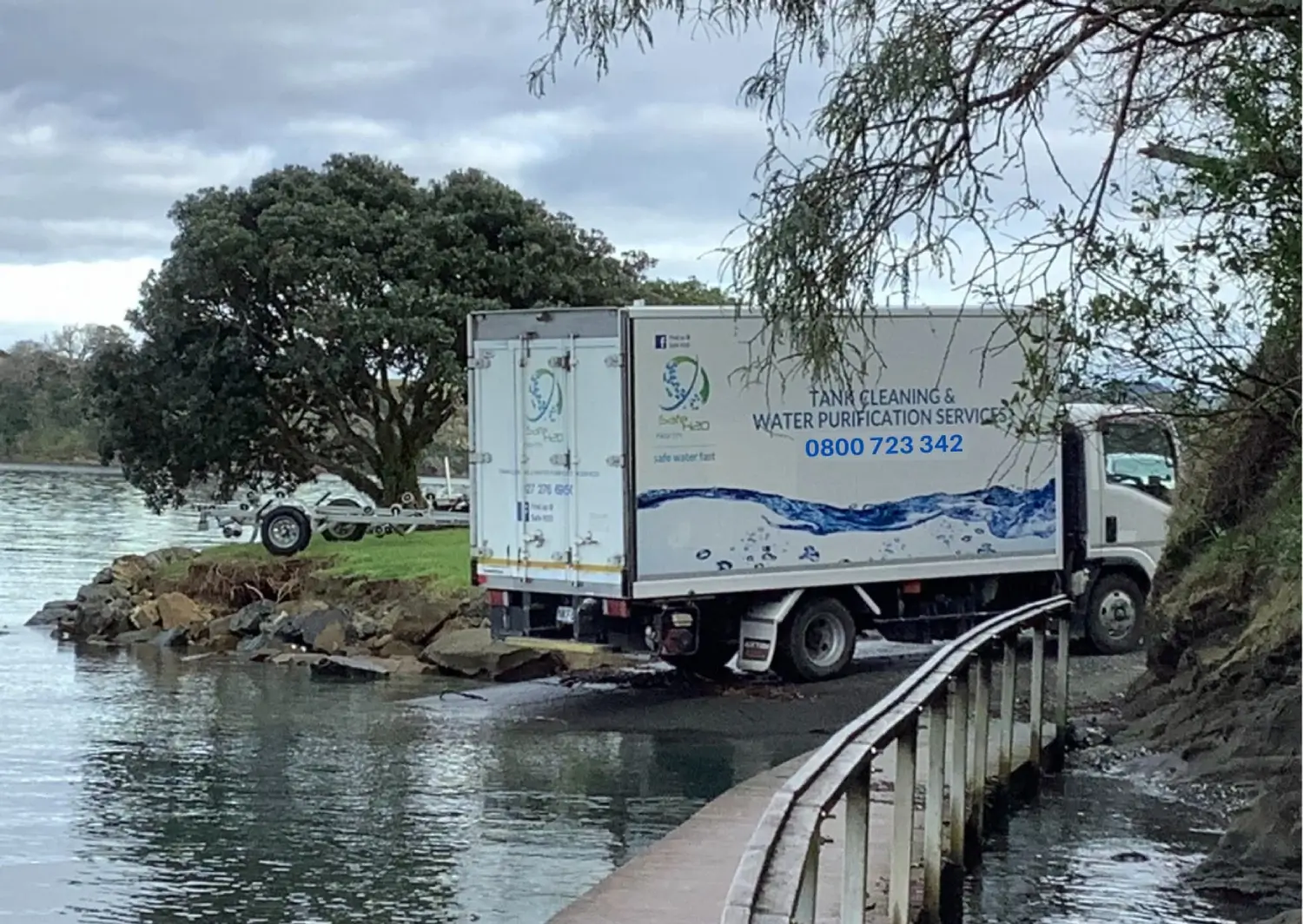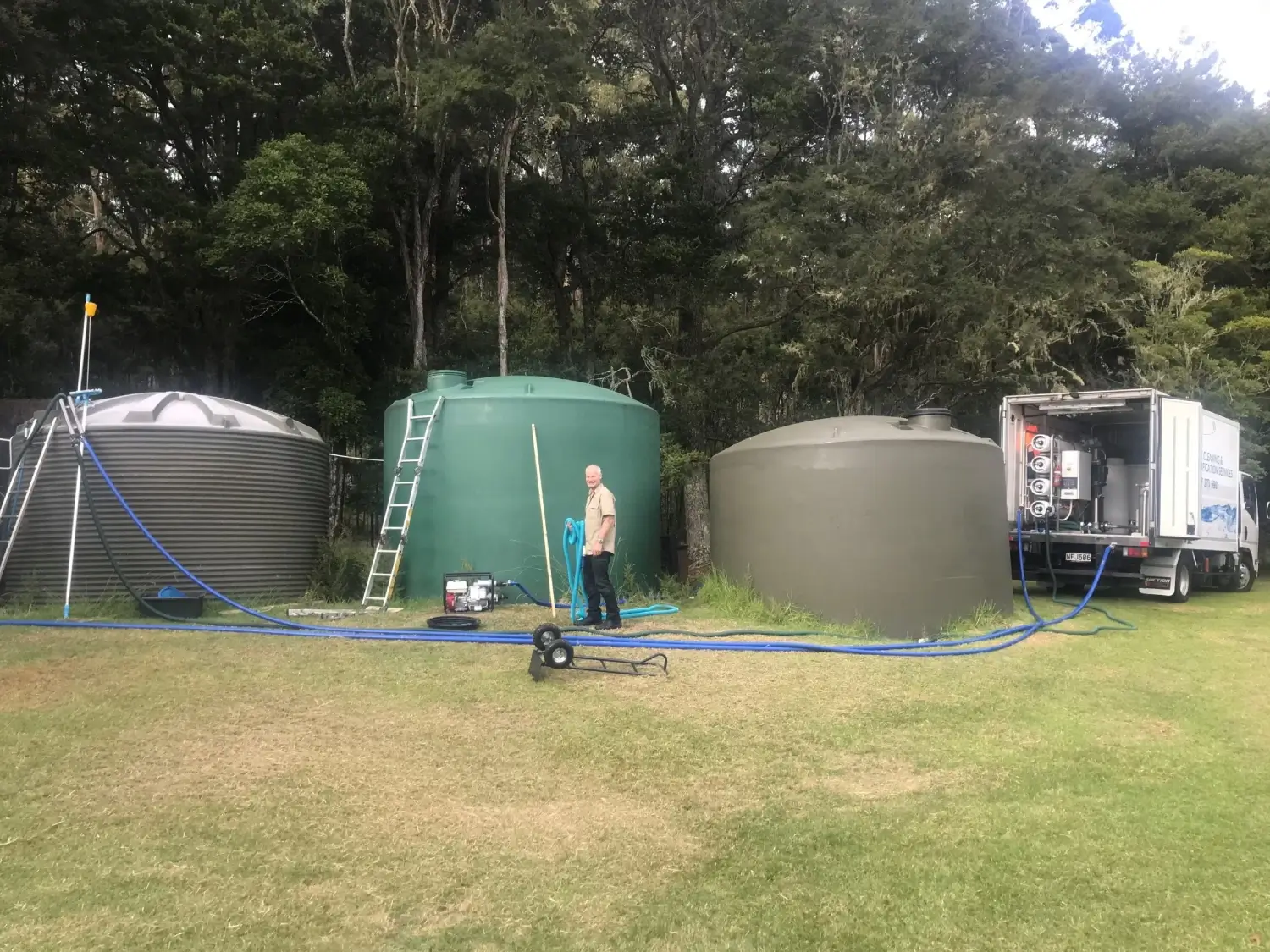Water Tanks 101: A Beginner's Guide to Clean, Safe Water for Your Property
Water tanks are an essential resource for those on rural properties, lifestyle blocks, or anyone relying on their own water sources, such as rainwater or bore water.
Whether you’re new to water tanks or simply looking to learn more, this blog will cover everything you need to know about the different types of water tanks, water sources, tank sizes, and essential maintenance practices to ensure your water remains safe and clean for everyday use.
Types of Water Tank Materials
Water tanks come in various materials, with plastic and concrete being the most commonly used. Here’s a breakdown of the most common types:
- Concrete Tanks: Concrete tanks are durable and can be installed above ground or buried in-ground, making them an ideal choice for properties requiring substantial water storage and/or want to have the tanks out of sight. These tanks can hold anywhere from 1000 litres to exceeding 30000 litres. The natural minerals present in concrete tanks can also help control the water’s pH levels and the concrete tends to regulate the water temperature. Concrete is a long-lasting material but requires regular maintenance to prevent/repair cracks or leaks over time
- Plastic Tanks: Lightweight and easy to install, plastic tanks are the most common option for residential and rural properties. They come in a variety of sizes, typically ranging from 500 litres to a maximum of 30,000 litres and are installed above ground. Plastic tanks are resistant to rust and corrosion, and top-quality tanks should come with a 20-year warranty.
- Fibreglass Tanks: Known for their strength and resistance to corrosion, fibreglass tanks provide a similar option to plastic tanks.
- Metal Tanks: Steel tanks tend to be used for larger (non-residential) installations. There are also corrugated metal tanks (protected inside with a food safe coating) available in a variety of sizes up to 25,000 litres. These tend to be favoured for their pleasing atheistic look.
- Wooden Tanks (with Liner): Wooden tanks are typically lined with a food-grade liner and offer a traditional, rustic look. They come in a variety of sizes starting from 25,000 litres and can provide a larger storage solution. Regular inspections and maintenance are necessary to keep them in good working order.
Types of Water Sources
Water tanks generally rely on one or a combination of water supplies, depending on your location and needs. The most common water sources include:
- Rainwater (Roof Collection): One of the most eco-friendly and common methods, rainwater is collected from the roof of your property and channelled into your water tank. It’s important to ensure that your roof, gutters, and downpipes are kept clean and free of debris to prevent contamination. Rainwater is generally soft and can be used directly for drinking, especially if properly filtered.
- Bore Water (Underground Aquifer): Bore water is drawn from underground sources or aquifers using a pump. While this water is often plentiful,it’s essential to regularly test its chemistry, as it may contain minerals or contaminants that require filtration before being deemed safe for consumption.
- Stream/Spring Water: If your property is located near a natural water source like a stream, you might use stream water for your tank. However, as with bore water, it is necessary to test the water to understand its water chemistry. Stream water typically requires additional filtration and purification due to it being an open water source, to ensure it meets health standards for drinking.
- Trickle Feed/Town Supply: Some properties may have access to trickle feed from a municipal supply (town water). This can be an excellent backup source if your tanks run low, especially in times of drought or low rainfall.
Tank Sizes: Choosing the Right Capacity
The size of the water tank(s) you need depends on several factors, including your water usage, roof size, rainfall, and the intended purpose of the water.
The most common sizes we see when cleaning tanks are between 20,000 – 30,000 litres. Here’s what to consider:
- Water Usage & Purpose: Consider how much water you use daily for indoor tasks like showering and flushing toilets, as well as outdoor uses like watering your garden. For planning purposes, a typical person uses up to 350 litres of water per day in a household, so consider the amount of people consistently using the water. For indoor use, a tank of 25,000 to 30,000 litres is recommended. If the tank is solely for outdoor purposes, a smaller tank (500 litres to 5,000 litres) should suffice.
- Roof Size & Rainfall: Larger roofs capture more rainwater, and regions with more rainfall can collect more water. To calculate potential collection, multiply your roof area (in square metres) by the average annual rainfall (in millimetres). For example, a 40 m² roof in an area with 500 mm of rainfall would collect about 20,000 litres annually. Remember to account for factors like splashing and gutter overrun, which may reduce the collected water.
- Climate & Property Size: In areas with dry summers or limited rainfall, you’ll need a larger tank to ensure an adequate supply during dry periods. Similarly, larger properties or gardens will require more water and therefore a larger storage capacity.
- Bore, Stream, or Town Supply: If your tanks are fed by bore water, stream water, or trickle feed town supply, you can consistently top them up. This means your tank storage needs may be smaller since you’re not relying on collected rainwater.
- Back up supply: A sufficient water tank or storage capacity is essential for securing a reliable water supply, especially during dry spells or when a constant water source, such as a bore or town supply, becomes unavailable. It ensures that you are prepared with backup water to meet your needs, no matter the circumstances.
By factoring in these considerations, you can determine the right size tank to meet your needs and ensure a reliable water supply year-round.
Tank Setup: Primary, Secondary, and Equalisation
Depending on your water needs and setup, you could have one tank, two, or even more tanks connected to work together to ensure a consistent and reliable water supply. If you have more than one tank, the first tank to receive the initial flow of water is called the primary tank, and the subsequent tanks are referred to as secondary tanks. Here’s how the system typically works:
- Primary Tank: The primary tank is the first to receive water from your water source, such as rainwater, bore water, or stream water. For rainwater-fed systems, this tank is usually connected to the downpipe and the inlet pipe. It receives the initial flow of water, which will contain the most sediment, debris, and contaminants. As a result, primary tanks are typically dirtier than secondary tanks.
- Secondary Tank(s): Secondary tanks are connected to the primary tank, usually placed side by side and connected. The connection allows water levels to equalise between the tanks, ensuring a balanced water supply in each tank. Because the secondary tank receives water after the initial flush from the primary tank, it tends to have less debris and sediment. As a result, water drawn from the secondary tank(s) will generally be cleaner, making it ideal to connect the tank outlet pipe to the final secondary tank for use within your property. Please note, even with less debris, secondary tanks still build-up finer sediment, suspended particles, or bacteria, that require regular maintenance cleans.
- Multiple Tanks for Larger Systems: In some cases, multiple secondary tanks can be added to the setup, further improving water storage and distribution. This is especially helpful for properties with high water demands, ensuring that the water supply remains stable even during periods of low rainfall and/or high usage.
- Single Tank Setup: Some properties, especially those with lower water demands or limited space, may only have a single tank. This setup can work well if the water supply is consistent (bore, stream, trickle feed, or high rainfall area) and/or the water usage in the property is limited.
Maintaining Your Water Tanks
- Regular Tank Cleaning: Clean your tanks regularly to remove accumulated debris, sediment, and bacteria.
- Install a Sediment + UV Filtration System: A filtration system can help remove contaminants and ensure the water is safe before entering your home or being used for drinking.
- Clean Roof and Gutters: Regularly clean your roof and gutters to prevent debris build-up, which can contaminate rainwater-fed tanks.
- Sediment Prevention Methods: You can install first flush diverters or tank inlet screens to minimise debris entering your tanks, ensuring cleaner water. By far and away the most cost-effective means of doing this is to install a flush cap in your rain water supply system. Releasing this during or after a rain event and from time to time flushes out the worst of any debris from the roof before it enters your tank.
- Ongoing Maintenance: Regularly checking your water tank supply and tank integrity (e.g. looking for any cracks or leaks) is essential for maintaining the quality and safety of your water supply over time.
Water tanks are an essential part of water management for those on rural properties or in areas where access to municipal water is limited and/or unavailable.
Understanding the different types of tanks, water sources, and tank sizes is the first step in ensuring a safe and reliable water supply. Whether you’re collecting rainwater, relying on bore water, or tapping into a stream, proper setup and maintenance of your water tank system are crucial to ensuring clean, drinkable water for you and your family.
Need Help?
If you’re unsure about the best tank or system for your needs, Safe H2O’s expert team can offer advice, supply water tanks, and provide innovative water tank cleaning and filtration system services to help keep your water supply fresh and safe year-round.
If you do want a tank cleaning service from Safe H2O, the easiest way is to tell us about your tank using our short form.
Or simply call us on 0800 723 342 – it usually takes a few minutes, and we can answer any questions you may have.
Concerned about nitrates in your water, and want to know how to get rid of them?
In this blog, we'll explore these frequent water tank problems and provide practical solutions to address them effectively
Smoke and soot can contaminate NZ water tanks. Learn how it happens, the health risks, and Safe H2O’s expert tips for cleaning and prevention.
This comprehensive guide examines the benefits and drawbacks of DIY and professional water tank cleaning, enabling you to make the best choice for your home.
Winter’s cooler weather might not have you thinking about your water tank - but it should.
Whether you’re collecting rainwater, drawing from a bore, or tapping into a stream, your water tank is the heart of your...
Whether you’re collecting rainwater, drawing from a bore, or tapping into a stream, your water tank is the heart of your...
How Possums, Rodents, and Birds Get into Your Water Tank – and How to Keep Them Out When thinking about water quality, …
What’s in Your Water? Common Contaminants in NZ Drinking Water Tanks Whether your water comes from rainfall, a bore or a nearby …
Water Tank Cleaning Myths Debunked When it comes to maintaining clean and safe water in your tank, there can be a bit …
Autumn Water Tank Care Tips: Preparing for the Seasonal Change As the crisp air of autumn rolls in, it’s time to think …
Water Tank Cleaning: A Comparison of Traditional vs. Our Innovative Method When it comes to cleaning your water tank, Safe H2O cleans …
UNDERSTANDING FILTRATION SYSTEMS: WHAT IS SEDIMENT AND UV WATER FILTRATION? Your water source likely contains a myriad of sediments and particles, ranging …
Water Tanks 101: A Beginner’s Guide to Clean, Safe Water for Your Property Water tanks are an essential resource for those on …
What can I do before water enters my tank to help minimise my risks? Spring or surface water (streams) will usually be …
When it comes to maintaining a healthy rainwater fed tank, one of the most overlooked aspects is the cleanliness of your roof and gutters.
Flush Caps, Leaf Diverters, and More: Methods to Help Protect Your Water Supply When it comes to maintaining a clean and safe …
In the realm of curious misconceptions, one fascinating myth suggests that eels clean water tanks. While this idea captures the...
Why having ‘Immunity’ to Bad Tank Water is a Bad Thing When it comes to maintaining a healthy home, clean water is …
Safe H2O Collaborates with Isaac’s Plumbing, Pumping and Electrical Here at Safe H2O, we aim to provide exceptional advice, service, and support …
How Often Do New Zealand Schools Need to Clean Their Water Tanks? Here in NZ, managing water supplies, including water tank maintenance …
What is Cryptosporidium and How to Keep Your Water Safe What is Cryptosporidium? In simple terms, Cryptosporidium is a tiny parasite that …
Why you should use a Water Tank Cleaning Specialist Well maintained water tanks are the backbone of clean water storage and supply …
Guarding Against E. coli: Essential Strategies for Ensuring Safe Water Tank Systems Water tanks are an essential source of clean drinking water …
5 Top Reasons to Keep Your Water Tank Clean in New Zealand Cleaning your water tanks is something that’s probably not always …
Autumn Alert: Why Now is the Perfect Time to Clean Your Water Tank As the autumn leaves are about to fall and …
What are my Legal Obligations for water tank cleaning in New Zealand? Taumata Arowai is the new Water Services Regulator for Aotearoa …
Top signs your water tank needs cleaning – Don’t ignore these red flags Your water tank is a vital component of your …
How Often Should I Clean My Water Tank in New Zealand? If you are one of the thousands of New Zealanders with …
The Risks of Cleaning Your Water Tank with Janola or Household Bleach Should you use Janola to clean your water tank? Here …
12 Ways to Save Your Tank Water Worried about your water tanks running empty? Rainfed tank water is a limited supply and …
How much does it cost to clean my water tank? The cost of cleaning a typical New Zealand water tank depends on …


